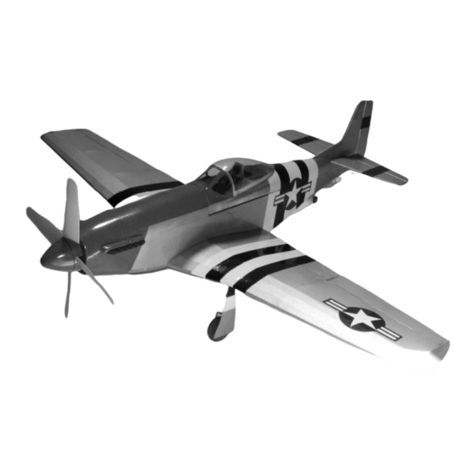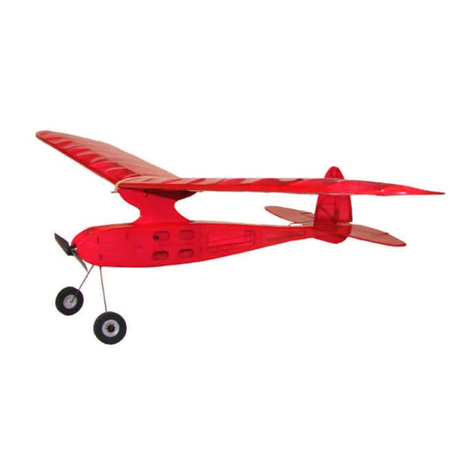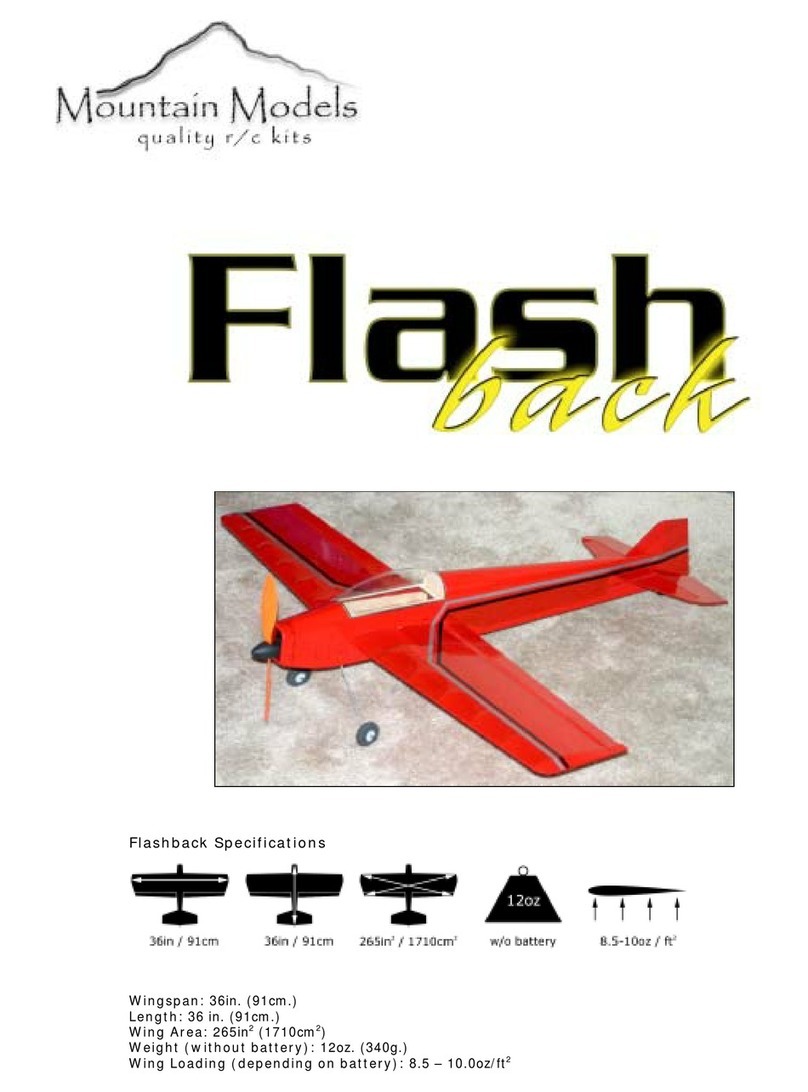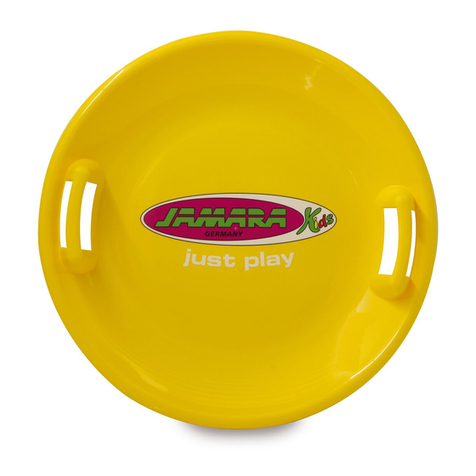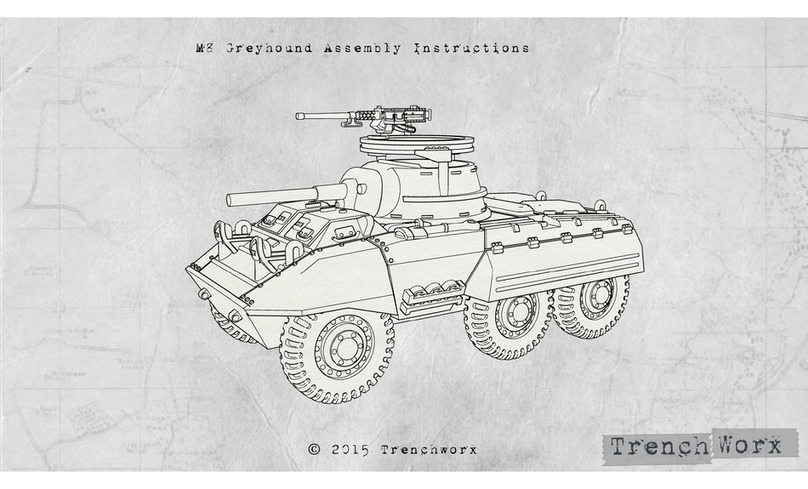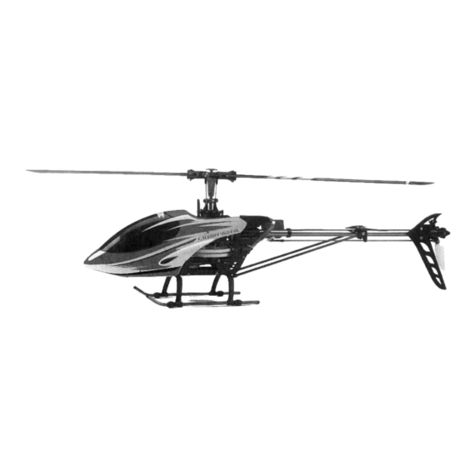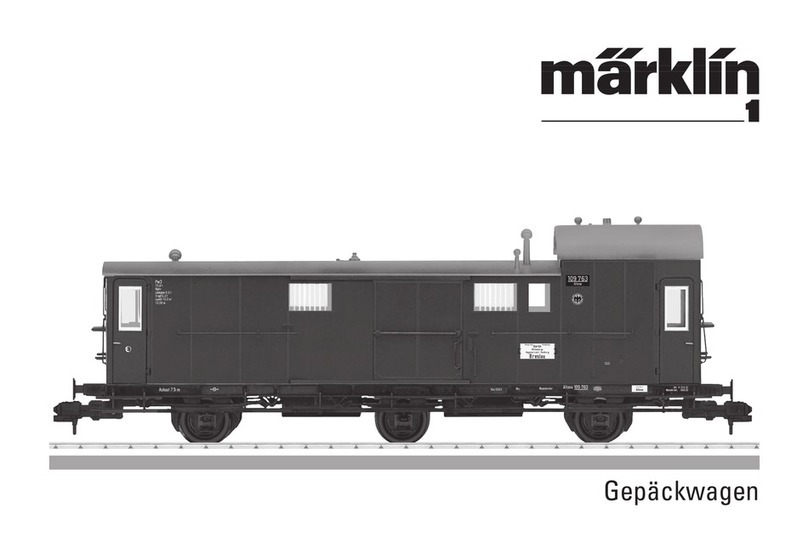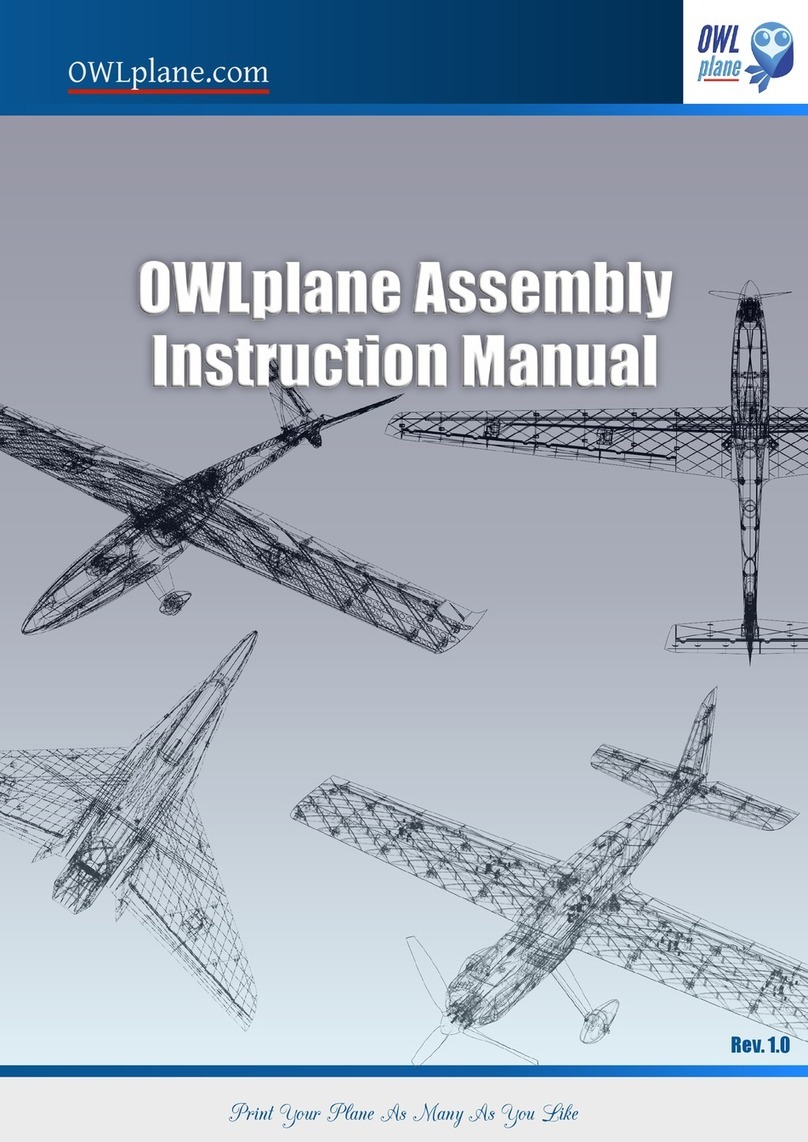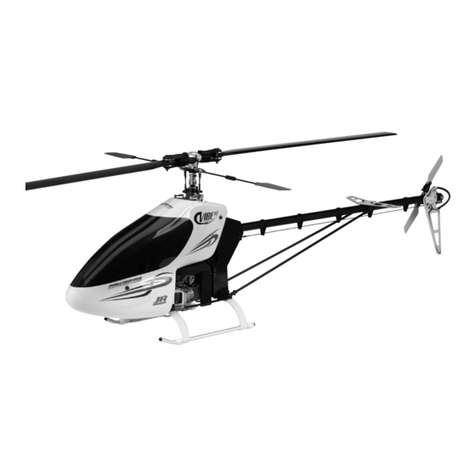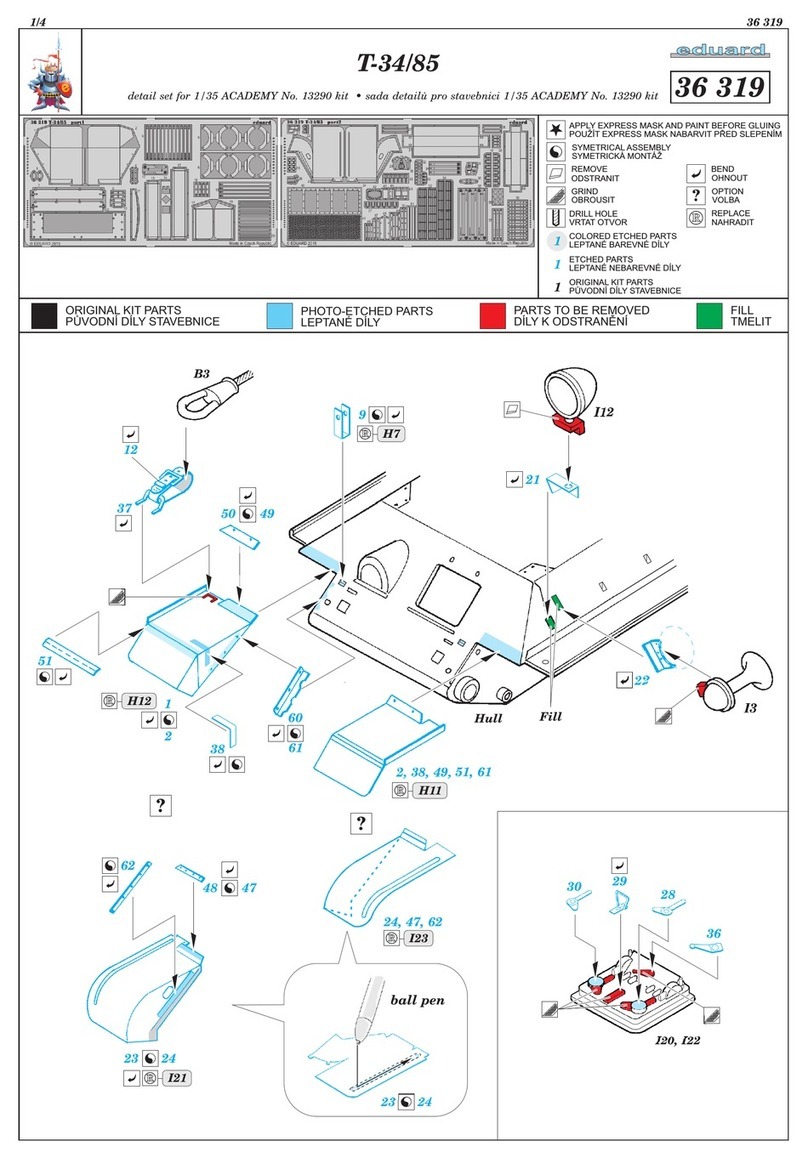Mountain Models J-3 Cub User manual




















Table of contents
Other Mountain Models Toy manuals
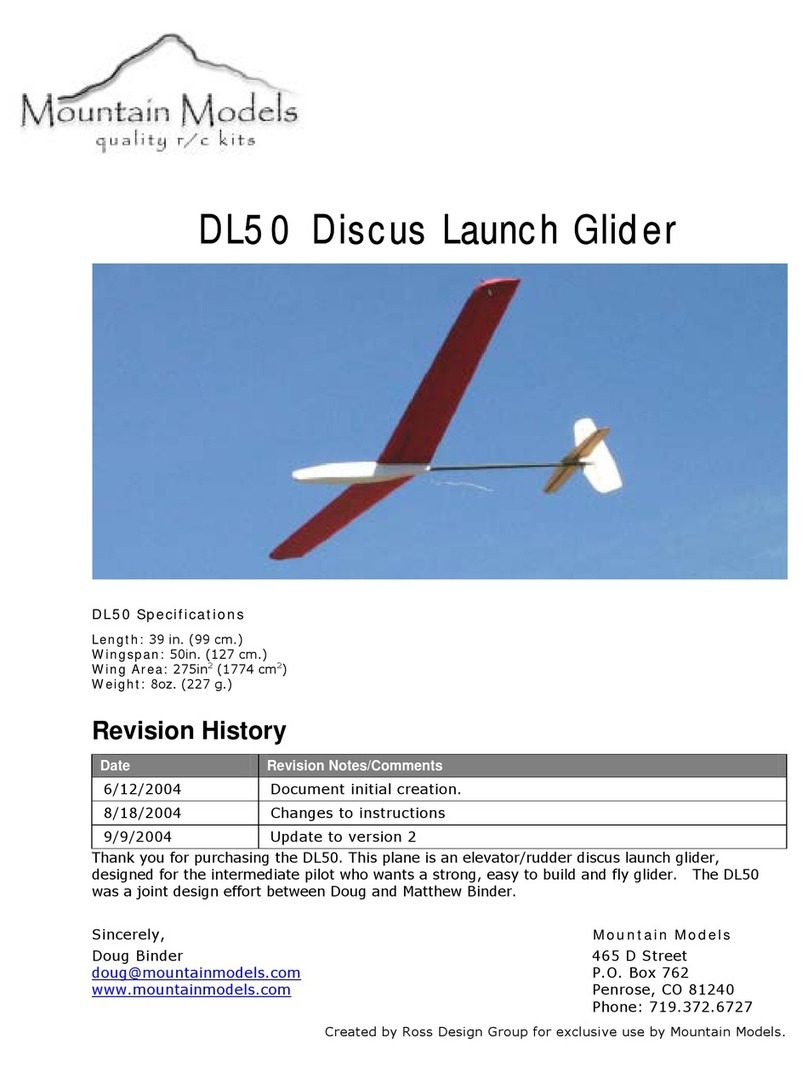
Mountain Models
Mountain Models DL50 DISCUS LAUNCH GLIDER User manual
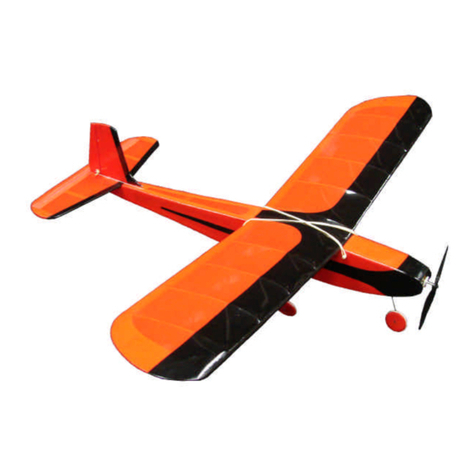
Mountain Models
Mountain Models PeregrinE Micro User manual
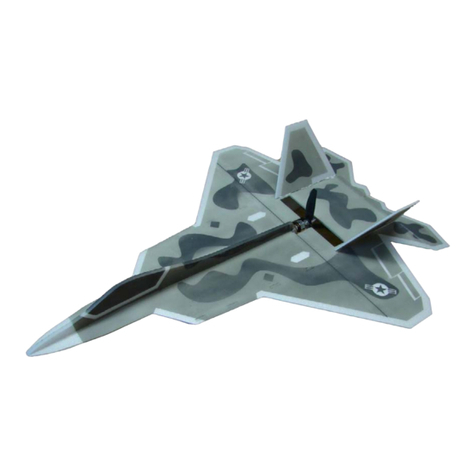
Mountain Models
Mountain Models Fighter 22 User manual
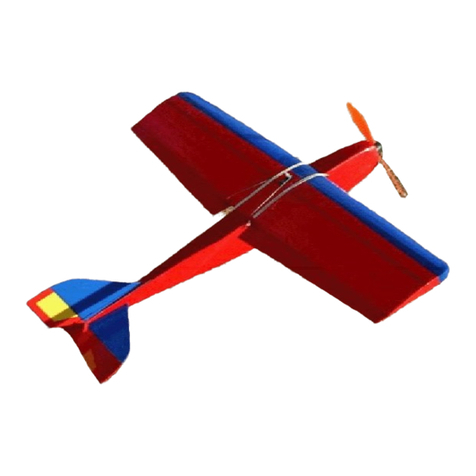
Mountain Models
Mountain Models Smooth E User manual
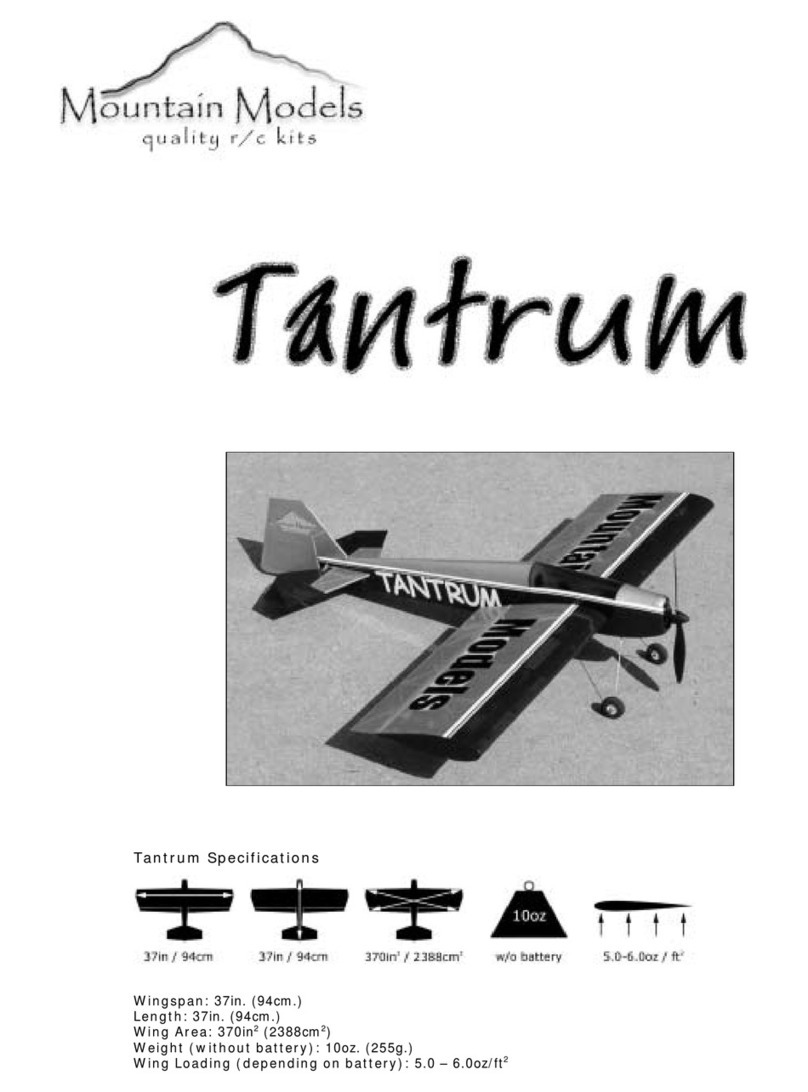
Mountain Models
Mountain Models Tantrum User manual

Mountain Models
Mountain Models Eva User manual
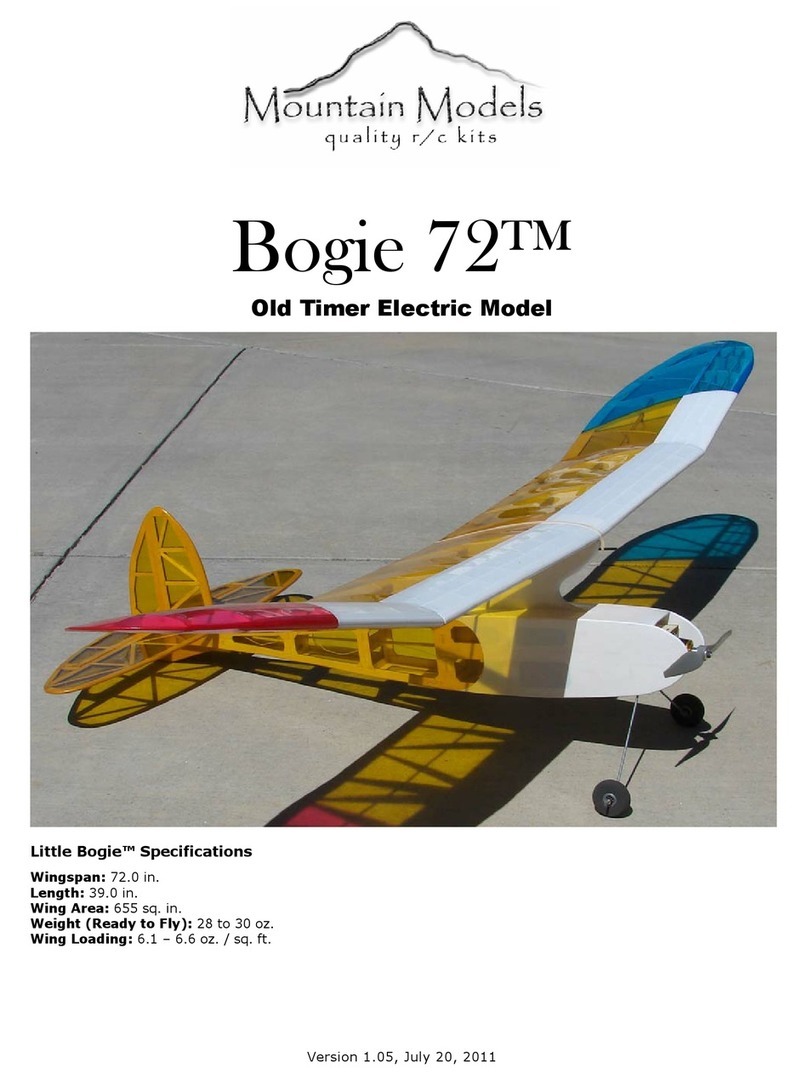
Mountain Models
Mountain Models Bogie 72 User manual
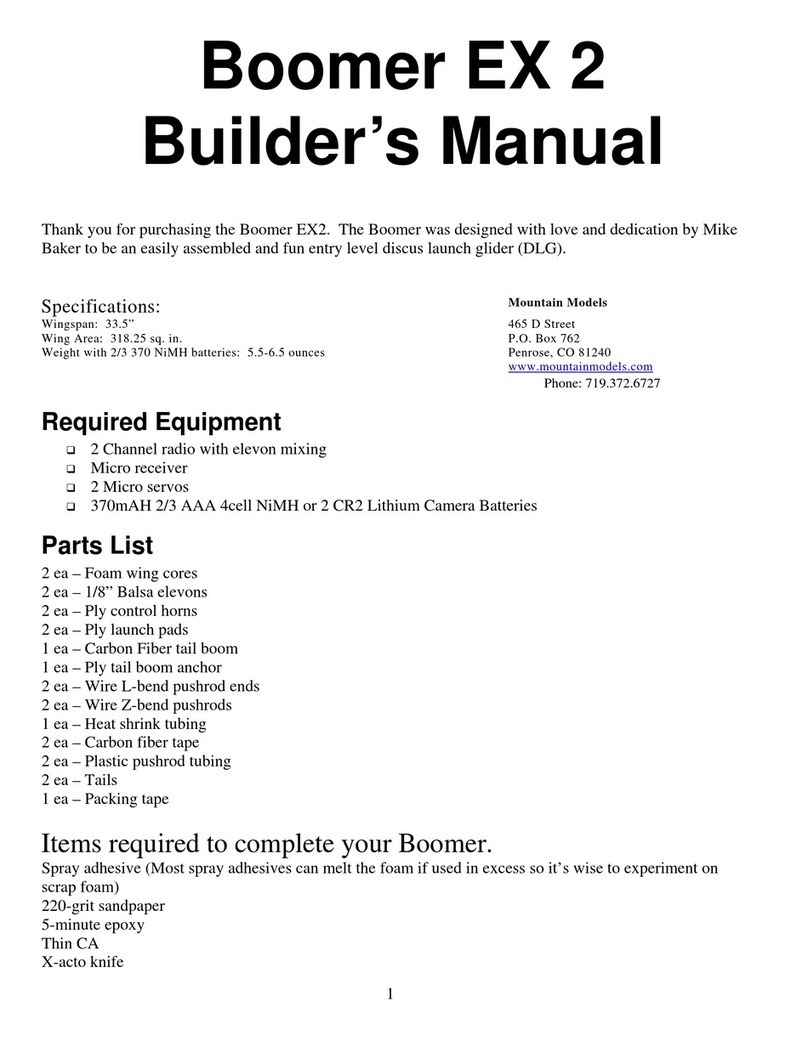
Mountain Models
Mountain Models Boomer EX 2 User manual

Mountain Models
Mountain Models Switchback Sport User manual

Mountain Models
Mountain Models EZ CUB User manual

Mountain Models
Mountain Models Spook-E Micro User manual
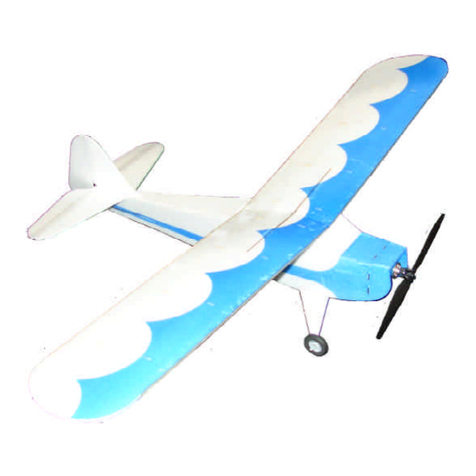
Mountain Models
Mountain Models Taylorcraft User manual
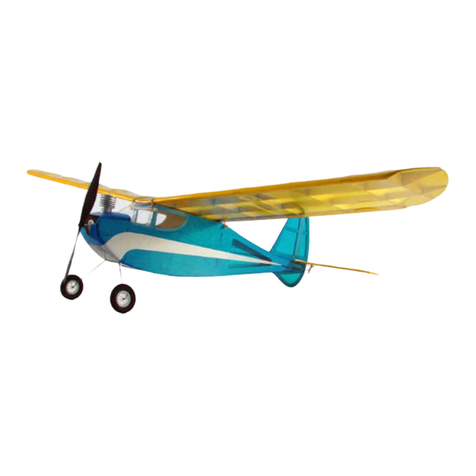
Mountain Models
Mountain Models Tom-E-Boy Micro User manual

Mountain Models
Mountain Models Roland c.II Walfisch User manual
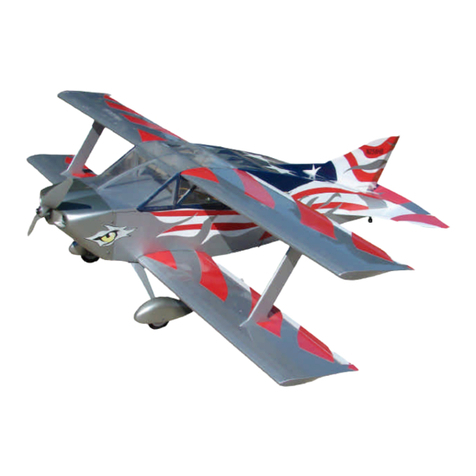
Mountain Models
Mountain Models HiperBipe User manual
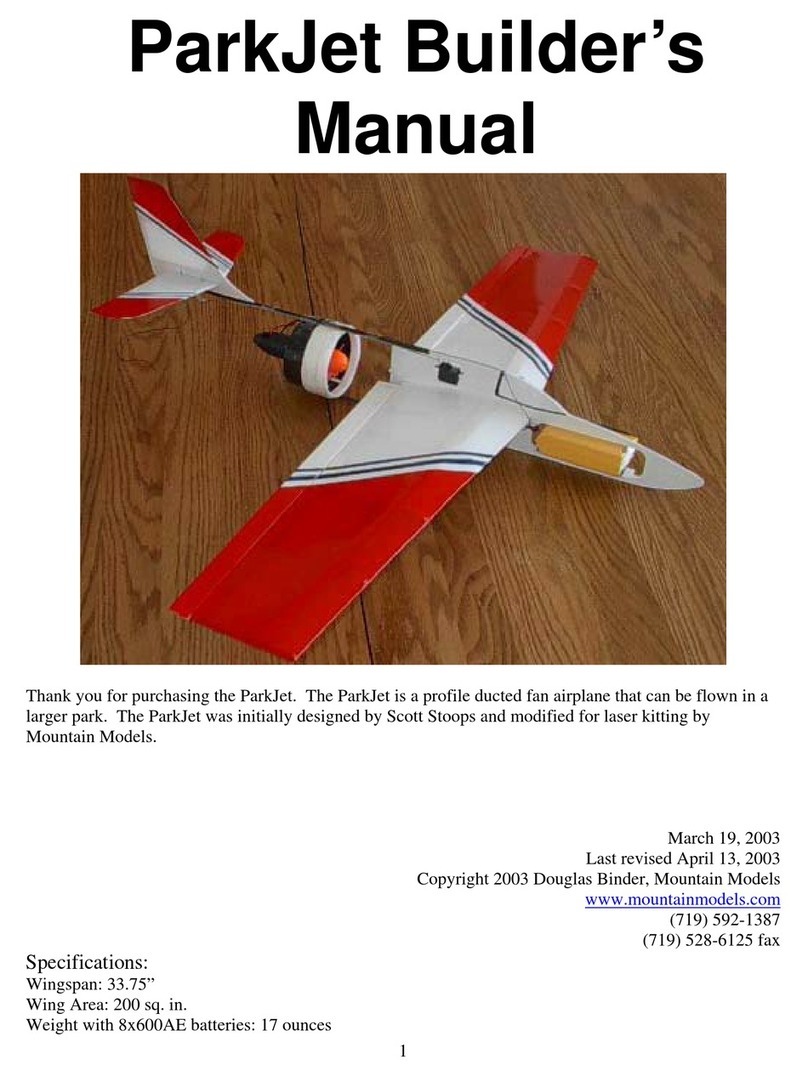
Mountain Models
Mountain Models ParkJet Manual
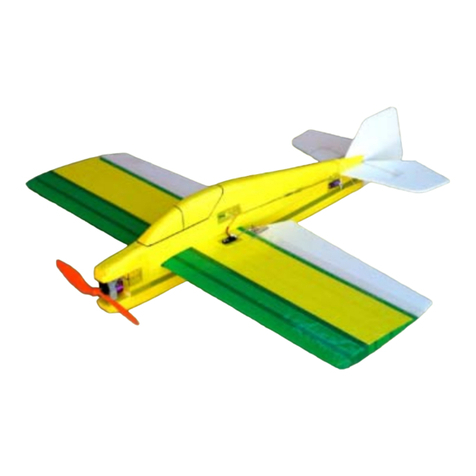
Mountain Models
Mountain Models Panic User manual

Mountain Models
Mountain Models Tom-E-Boy 150 User manual
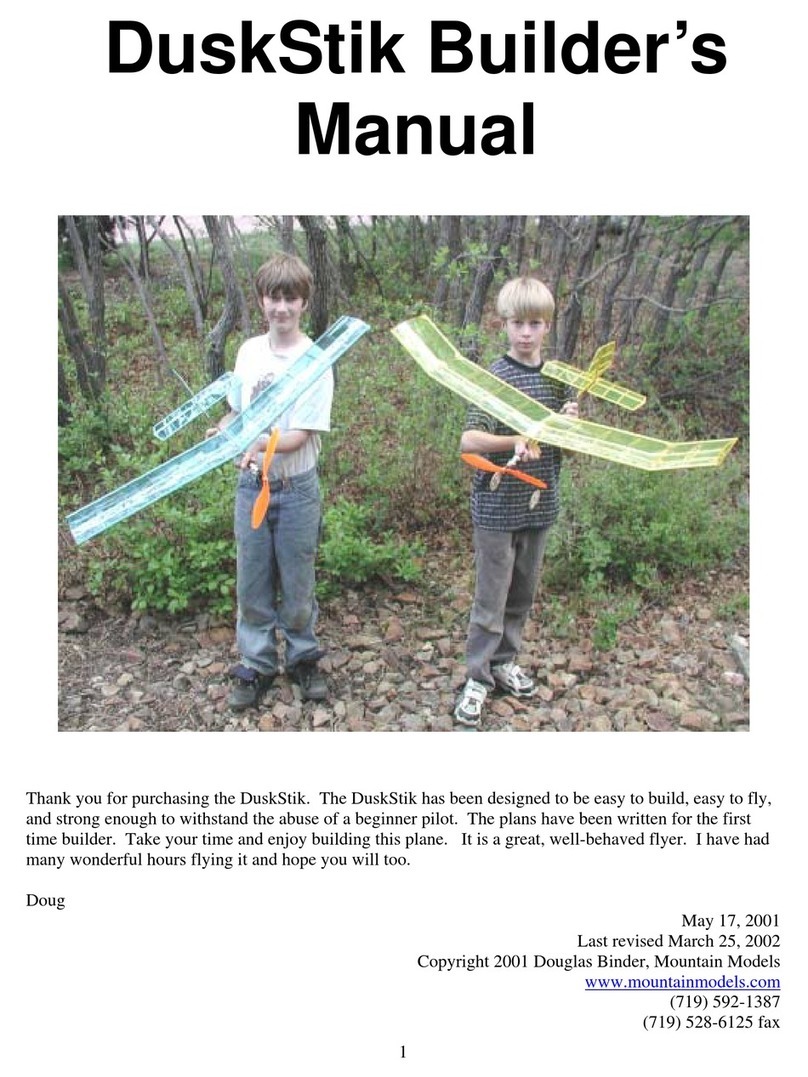
Mountain Models
Mountain Models DuskStik User manual
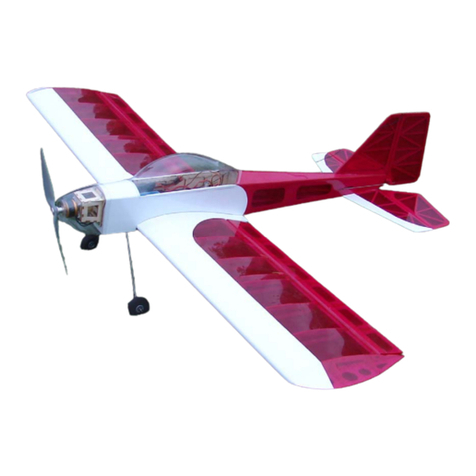
Mountain Models
Mountain Models SwitchBack Senior User manual
Popular Toy manuals by other brands

DHK Hobby
DHK Hobby 8136 User instruction manual
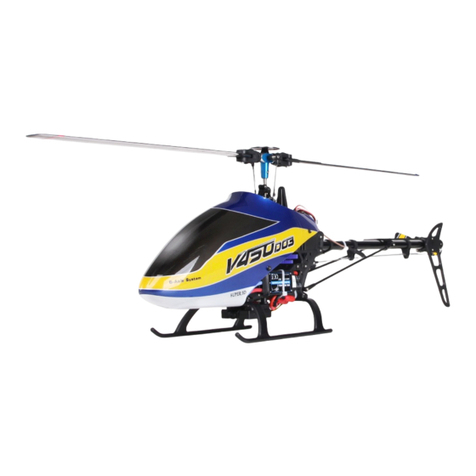
Walkera
Walkera V450D03 User handbook
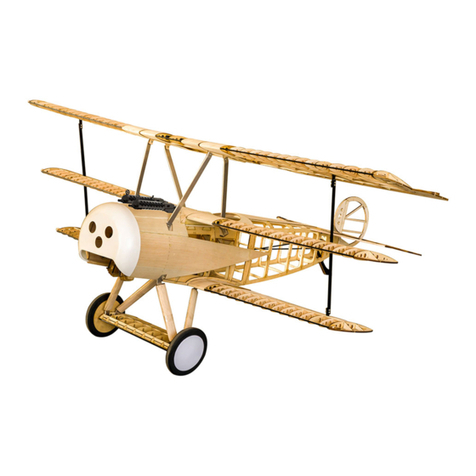
Dancing Wings Hobby
Dancing Wings Hobby S18 Fokker-DRI instruction manual
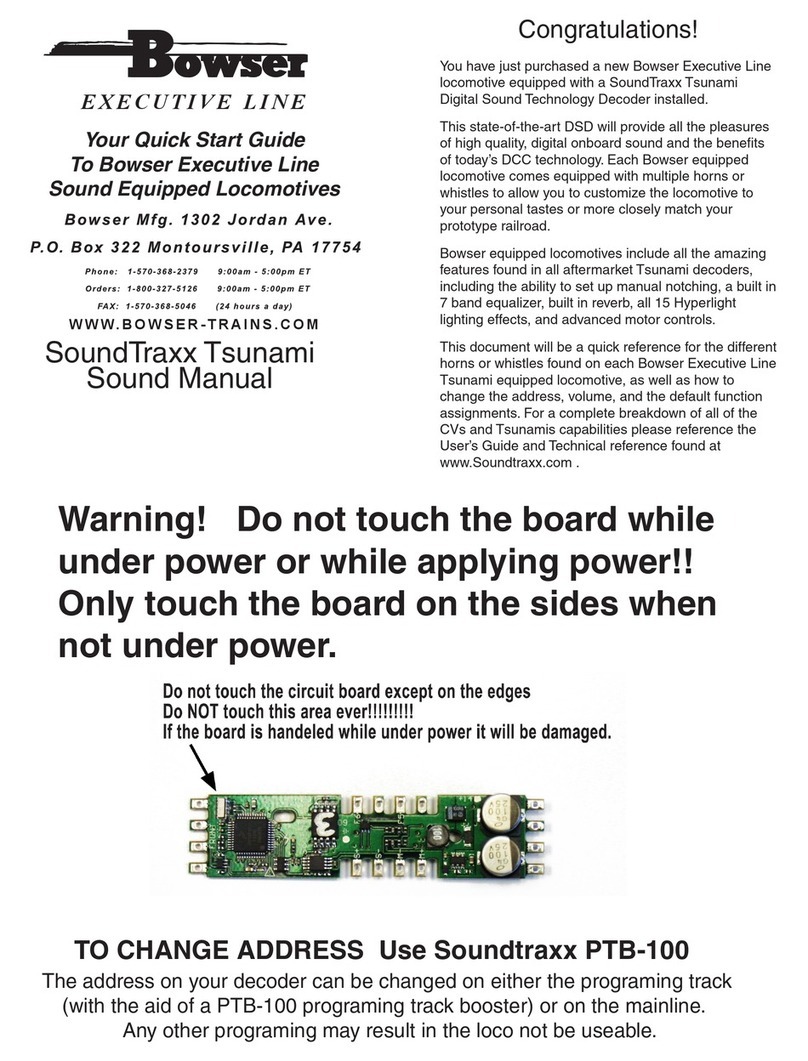
Bowser
Bowser SoundTraxx Tsunami quick start guide

Rail King
Rail King NYC Dreyfuss 4-6-4 operating instructions
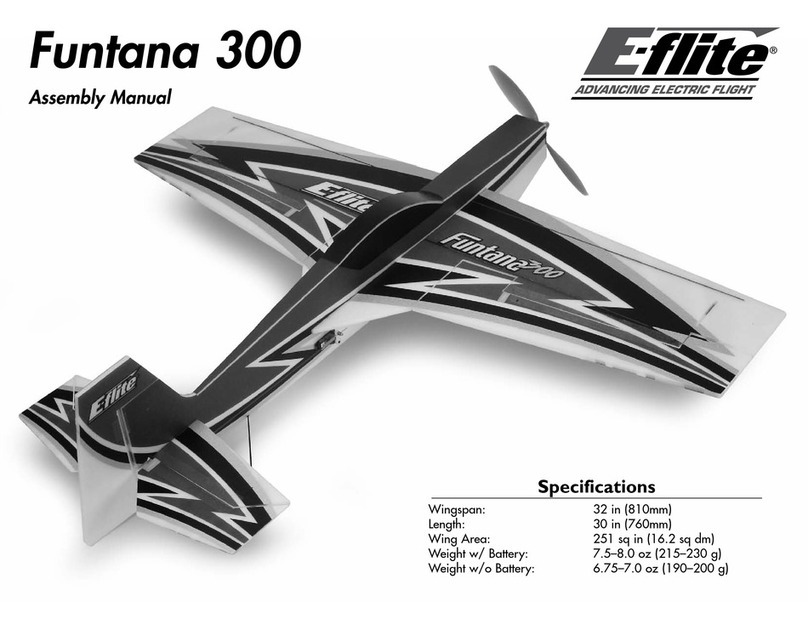
E-FLITE
E-FLITE Funtana 300 AR Assembly manual

